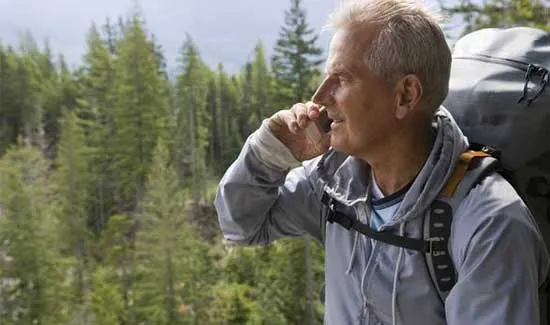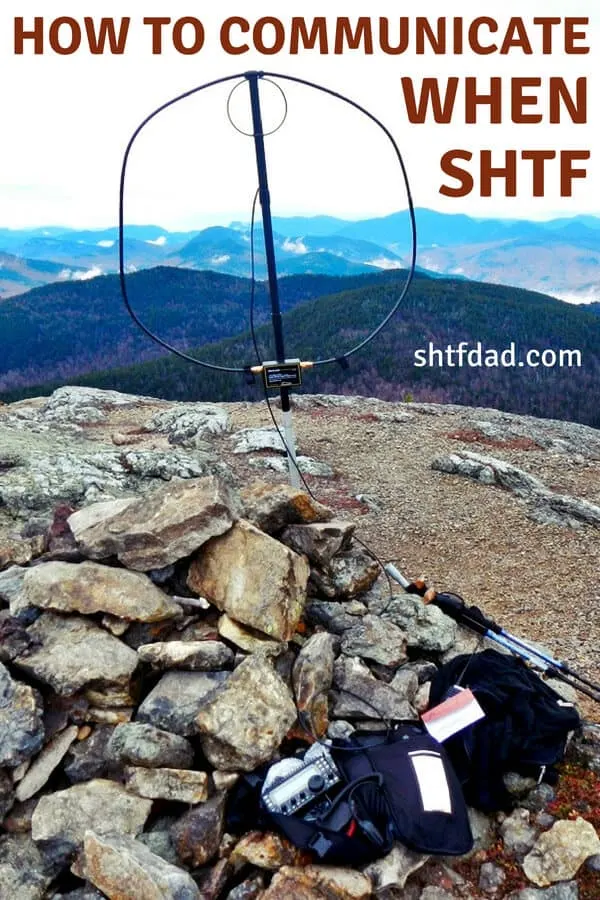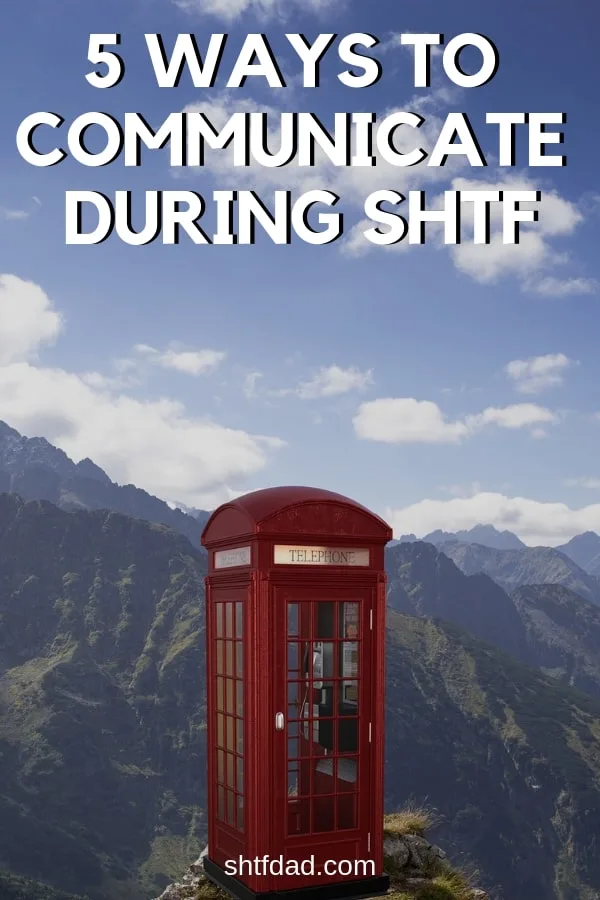SHTFDad may collect a share of sales or other compensation from the links on this page.
If the worst happens and the apocalypse comes, you are going to need more than a reliable vehicle, a safe place to hide, and enough granola bars to last you several weeks.
You are going to need to learn the best communication methods for SHTF.
Fortunately, there are plenty of ways you can stay in touch with others in a post-apocalyptic catastrophe. The following devices will be both used and useful when the sh*t hits the fan.
How to Communicate When Cell Towers Are Down

1. Ham Radios
- ✔️128 Channels Memory,Power Save, VOX, Scan,...
- ✔️All you need in one box! Baofeng uv-82 comes...
- ✔️Baofeng Programming Cable: Easy to...
Ham radios will be a reliable way to stay in touch during a massive natural or man-made disaster.
Cell phone towers might crash and burn, rendering our smartphones useless as a mode of SHTF communication. However, amateur radio devices will still be going strong.
The ham bands will probably still continue to function if and when the grid stops working. Since not everyone knows how to use a ham radio, it would make sense to purchase one ahead of time.
Take a class on how to use it and then create a list of frequencies where you and your loved ones will attempt to communicate.
2. Cell Phones
Yes, the cell towers will probably be destroyed or just overwhelmed during the apocalypse. But as Off Grid Survival notes, just about everyone’s got one, and everyone already knows how to use it.
Even when calls do not go through, bandwidth-friendly texting and other apps to social media sites may continue to work. This means our smartphones are probably a great device to grab and use during an end-of-the-world emergency.
3. Satellite Phones
- SERVICE PLAN OPTIONS: Package does not include a...
- GLOBAL COVERAGE: NO ROAMING CHARGES: Make and...
- PACKAGE INCLUDES: Inmarsat IsatPhone 2 satellite...
While cell phones may be touch-and-go post-apocalypse, satellite phones are predicted to be far more reliable. Because they don’t rely on cell towers to work properly, an overloaded network will not affect a satellite phone’s ability to receive and place calls.
Even as the cell phone towers are burning, the satellite phone will continue to work as usual.
Roadpost features satcoms from both the Iridium brand, which allows people to make calls internationally, and the Inmarsat line with affordable prices and high speed data terminals.
Both are terrific options for staying in good communication with others post-disaster. SatPhones are expensive, but worth it if you need to communicate when SHTF.
4. C.B. Radio
- COMPACT & AFFORDABLE; The PRO505XL is ideal for CB...
- DURABLE & EASY TO USE; The PRO505XL Compact CB...
- BACKLIT LCD DISPLAY; With an orange backlit LCD...
No, you don’t have to call out “Breaker breaker good buddy” when using one. Or listen to Truck Driving Hits of the 1970s on 8-track tape while operating it.
A C.B. radio is actually an outstanding option for your post-SHTF communication.
In fact, it makes sense to have more than one on hand. One in the glove box of your car or motorcycle, one in your bug out bag, and one at home.
5. Two-Way Radios
- Call Tones: A call tone is what people calling you...
- Quickly Find a Channel: Use the scanning feature...
- Flashing Low Battery Alert: Low battery alert...
The General Mobile Radio Service and Family Radio Service are both terrific two-way radios that can help people communicate over short distances of 5 to 35 miles in the open air, or one mile in within a crowded city.
The Motorola Talkabout T100 is a good and inexpensive choice for post-disaster communications.
Watch this a great video with more SHTF communication methods:


Resources:




